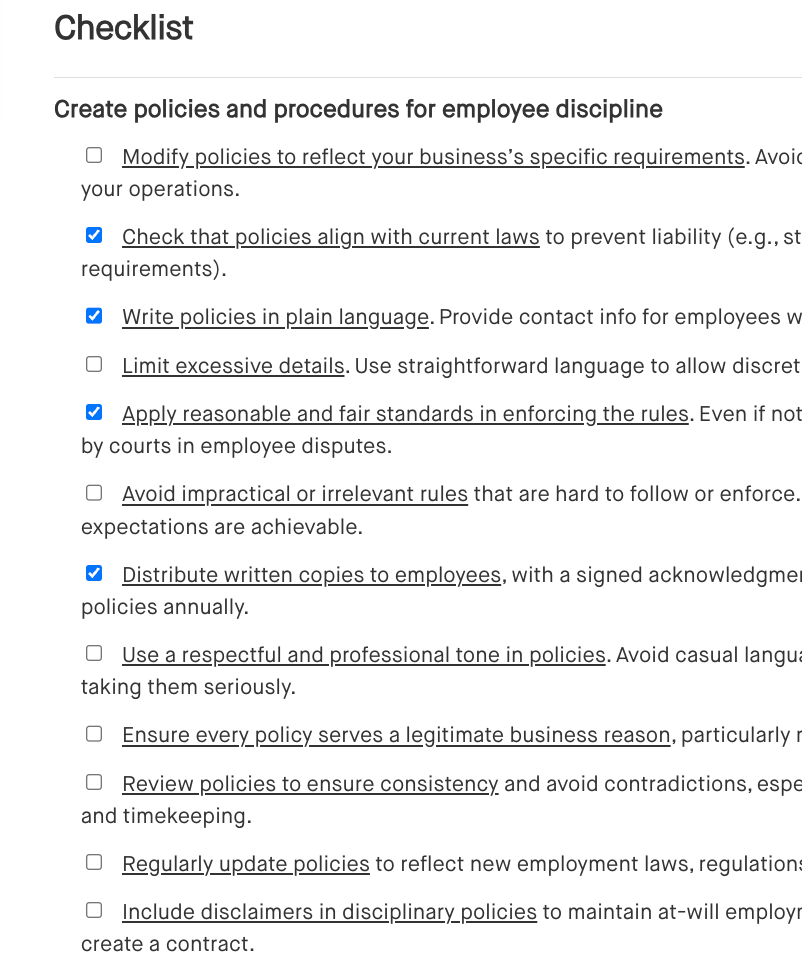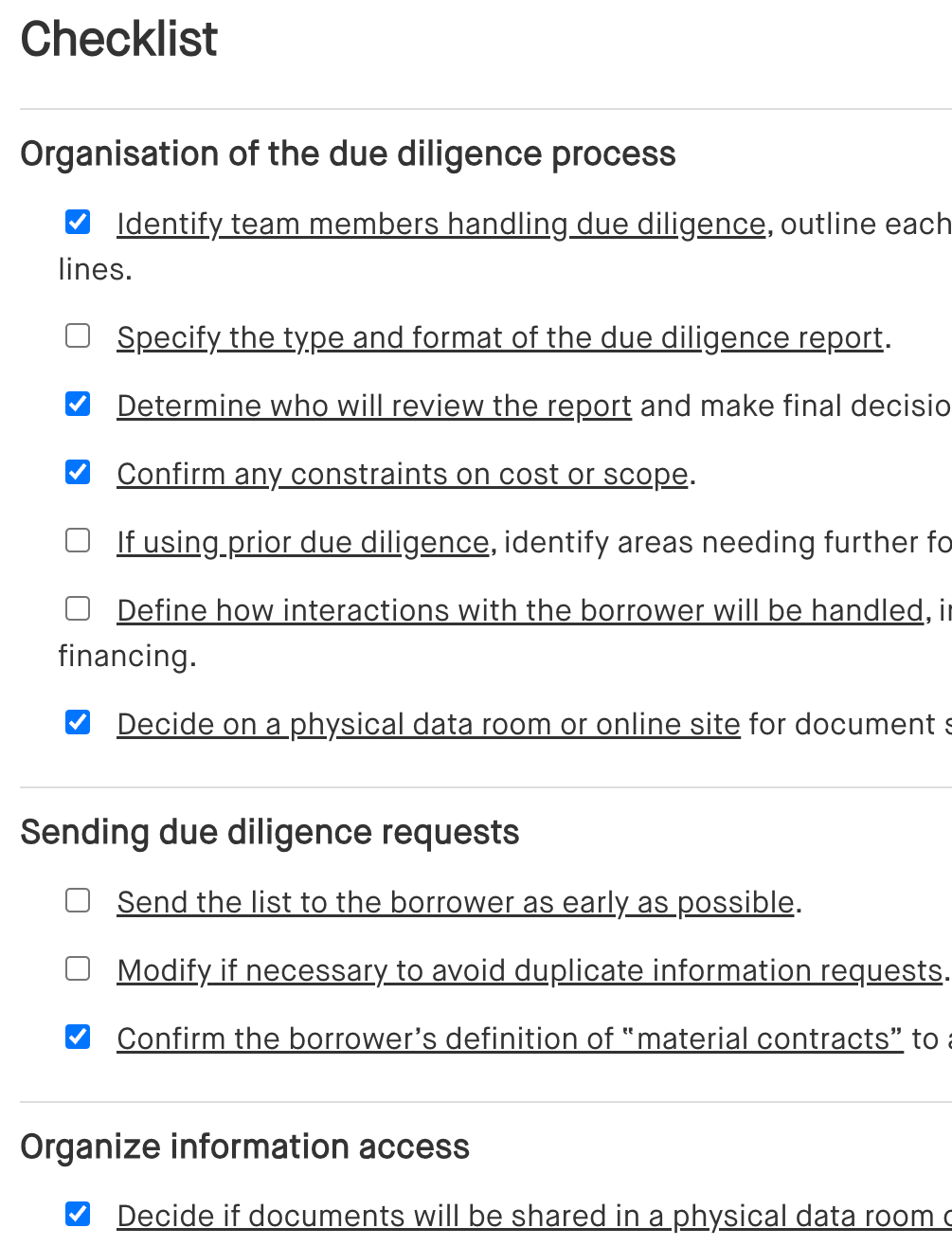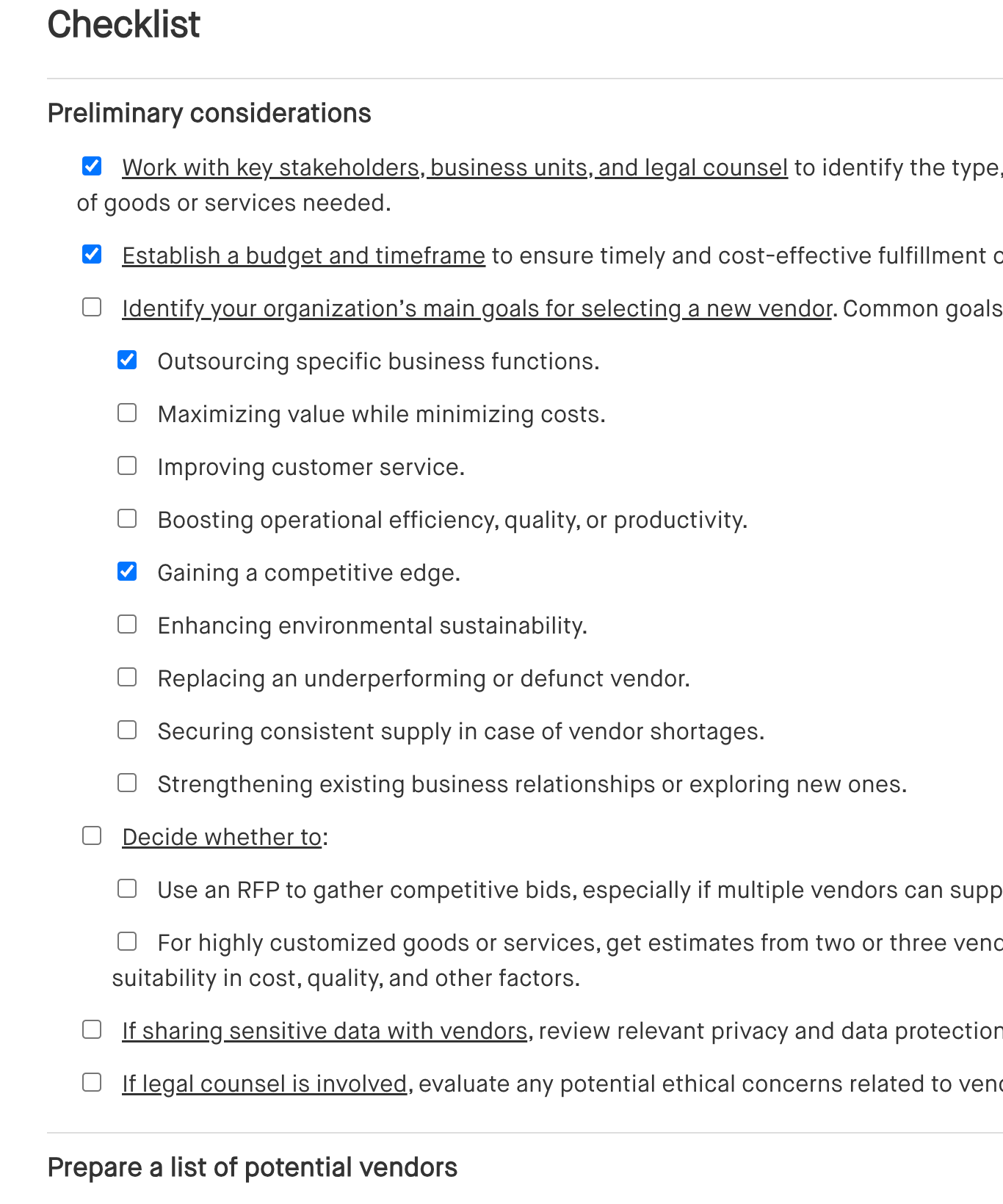Forming a joint venture (JV) can be a powerful way to expand your business, but it’s essential to ensure that every step is carefully planned and executed. This joint venture checklist guides you through the process, from conducting joint venture due diligence to drafting the joint venture agreement.
Following this due diligence checklist for a joint venture will help you avoid common pitfalls and build a solid foundation for your partnership.
By following this joint venture checklist, you'll be well-prepared to form a successful and legally sound partnership.
Checklist
Parties
Preliminary documents
Due diligence, consents and approvals
Purpose and scope
Structuring the joint venture
Equity structure and financing
Contributions
Intellectual property
Governance and checklist
Minority protections
Restrictive covenants
Dispute resolution and deadlock
Defaults, exits and termination
Financial reporting
Employees
Additional entity formation and administrative matters
Using a joint venture checklist ensures that you take a structured approach when creating your partnership. Here’s why it’s helpful:
This article contains general legal information and does not contain legal advice. Cobrief is not a
law firm or a substitute for an attorney or law firm. The law is complex and changes often. For
legal
advice, please ask a lawyer.


